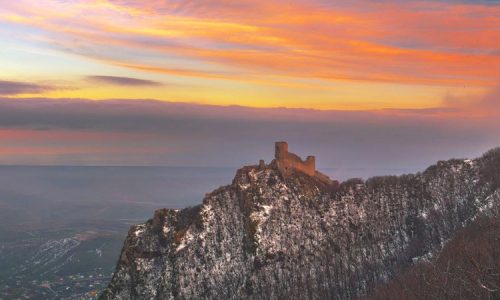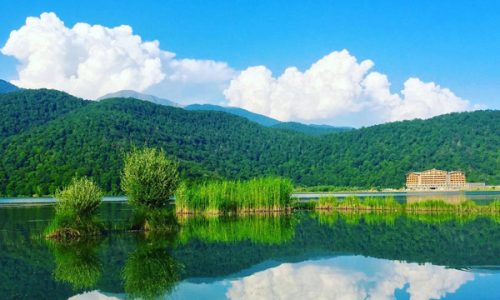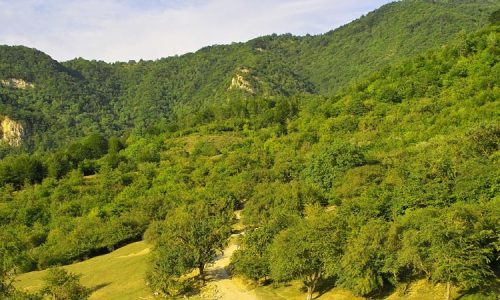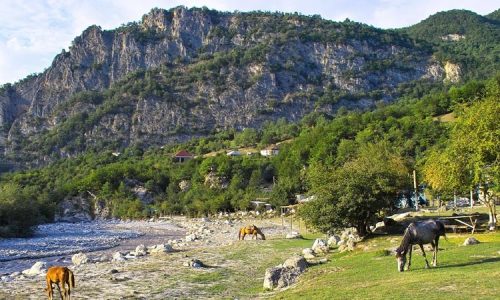Fauna
Fauna of Azerbaijan is very diverse and has about 12 thousand species. The forests are inhabited by bears, wolves, deer, lynx, wild boars. In arid areas and plains there are a number of lizards, poisonous snakes and other reptiles, as well as hares, wolves and foxes. In the valleys of the Kura and Araz you can see wild boar, roe deer, badgers, jackals. From big animals are gazelles. You can also meet Dagestan goat, chamois. In the shallow bays of the Caspian Sea the world of birds is plentiful – pheasants, partridges, grouse. Many of the birds fly in the winter – ducks, geese, swans, herons, pelicans, flamingos, cormorants, etc.
It is allowed fishing of 30 species in the fresh waters of the republic and in the Caspian Sea. Many of them are fished in the Kura and some reservoirs. The most valuable species of fish are salmon, sturgeon, beluga, asp, shammai and lamprey.

 English
English







